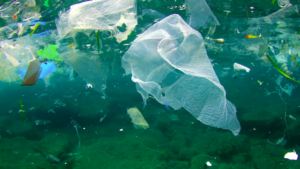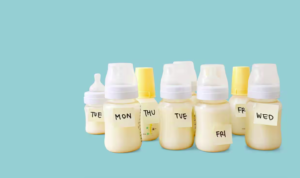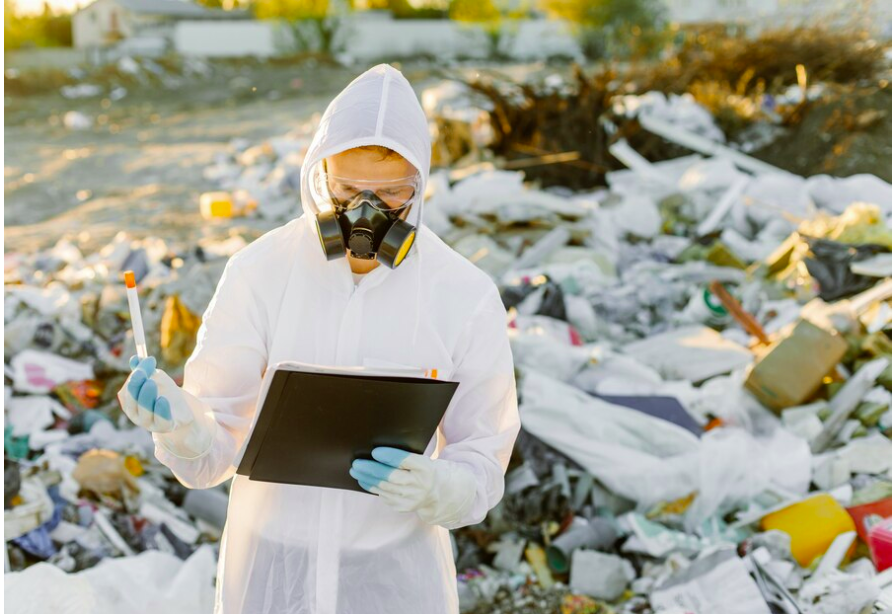Introduction
How plastics in birds’ stomachs release toxic chemicals, study suggests. Plastic can release toxins in a fowl’s stomach.
According to a brand new look at material left to flow in seawater might also flip it cloudy probably freeing poisonous chemical compounds into the water, and will do the identical in birds stomachs.
How Plastics enter Birds Stomachs. While left in the water for 6 months, the pristine plastic additionally seemed to purpose a type of scum to form at the floor, turning the mixture right into a “soup”.
1. Techniques To Mitigate Plastic pollutants

Primarily Based At The Herbal Records Museum
Dr Joby Razzell Hollis, whose paintings makes a specialty of the effect of plastic pollution on seabirds, said it became surprising to see the impact the plastic pellets had on the water in the ongoing take a look at.
He instructed the PA information corporation: How Plastics enter Birds’ Stomachs. We’re certainly interested by seeing how the plastic is converting however additionally what the plastic is liberating into the water.
2. How Plastics enter Birds’ Stomachs
And it surely is, due to the fact now not most effective have we seen that some of this plastic has visibly discolored through the years it has grew to become yellow as it’s been exposed to sunshine.
However also a number of the plastic that’s been floating in water, after six months that water has end up type of cloudy, and you could see there’s a form of scum at the surface.
So these plastics are liberating some thing into the water as they degrade, and that’s kind of just like what you would count on to see taking place in the ocean.
However additionally in case you believe whilst you put the ones plastics into a seabird’s belly, and also you divulge them to acids that would potentially be different sorts of chemical compounds that they’re liberating as well.
So it’s clear that those plastics aren’t inert, they are changing over time, they may be interacting with their environment and that they’re freeing some thing.
We are honestly curious to find out precisely what that is and then compare it to the list of recognized chemical substances of emerging subject, or matters that are potentially poisonous.
A few 44% of seabird species are acknowledged to eat plastic, Some species are specially badly affected, causing malnutrition and new sicknesses like plastic’s, professionals say.
Dr Hollis said: The plastic they have got in their stomach is sort of truely too massive to pass and won’t smash down effortlessly.
3. Types Of Toxic Chemical Materials Launched

However the problem is that from a chemical attitude, the stomach acid may be enough to launch chemical compounds, small quantities of chemicals, however even a small quantity may be doubtlessly quite toxic.
So we actually need to try and parent out how that procedure is happening.
Dr Hollis hopes that by means of measuring the distinct types of plastic they eat, as well as the size, shape and shade, he might be able to recognize why seabirds mistake plastic pollutants for meals, and what it is about plastic that reasons the most harm whilst ingested.
The researchers have found that flesh-footed shearwater is nearly completely eating low density plastics like polyethylene, and this is probably due to the fact this species most effective forages close to the ocean floor in which such plastics drift.
The researchers are simply completing the six month take a look at of deliberately degrading plastic in synthetic seawater to see the way it breaks down and releases probably dangerous chemical substances over the years inside the ocean.
Speak me on what they’ve discovered thus far, Dr Hollis stated. I type of jokingly cited it as plastic soup. It doesn’t genuinely look like smooth water any more.
He brought: to peer the reality that the water is visibly converting become quite surprising.
Dr Hollis: became talking beforehand of the launch of the Birds extremely good And bizarre exhibition on Friday on the natural records Museum.
The exhibition tells the story of birds because the remaining survivors who as descendants of the dinosaurs have conquered every continent on this planet way to their resourceful behavior and variations.
4. How Plastics in Birds’ Stomachs Release Toxic Chemicals, Study Suggests
The current observation highlights a concerning hyperlink between plastics ingested by manners of birds and the release of poisonous chemical substances within their stomachs.
This locating underscores the wider environmental and health implications of plastic pollutants, emphasizing the pressing want for concerted efforts to lessen plastic waste in natural habitats.
Addressing this problem is critical now not simplest for the safety of avian species however additionally for the general health of ecosystems international.
FAQ
How do plastics end up in birds’ stomachs?
Birds often mistake small plastic particles for food due to their size, shape, and sometimes even color. Once ingested, these plastics accumulate in their stomachs, leading to potential health issues.
What kind of toxic chemicals are released from plastics in birds’ stomachs?
The study suggests that plastics release harmful chemicals such as phthalates, bisphenol A (BPA), and other additives.
These substances can interfere with birds’ hormonal systems, impair their reproductive health, and cause other physiological problems.
What can be done to reduce plastic ingestion by birds?
Efforts to reduce plastic ingestion by birds include minimizing plastic waste through recycling and proper disposal, using biodegradable alternatives,
Participating in and supporting clean up initiatives, and advocating for policies that limit plastic production and use.
Educating the public about the impacts of plastic pollution on wildlife can also play a significant role in mitigating this issue.
